Can’t find a DVD player on Windows 10? Don’t worry! This guide shows you exactly how to get a free, reliable DVD player for your Windows 10 PC. We’ll walk through simple, safe options so you can enjoy your favorite movies again in no time.
Hey everyone, Mike Bentley here! Picking up where we left off, you might be surprised to find that Windows 10 doesn’t come with a built-in DVD player these days. It’s a common frustration for many users who just want to pop in a movie disc and relax. You’ve probably searched for “DVD player Windows 10” and felt a bit lost. But don’t sweat it! I’m here to make things easy. This guide will show you the best and safest ways to get a free DVD player for your Windows 10 computer. We’ll cover everything you need to know, step-by-step, so you can get back to enjoying your DVDs without any hassle.
Why Windows 10 Lacks a Built-in DVD Player (and What to Do About It)
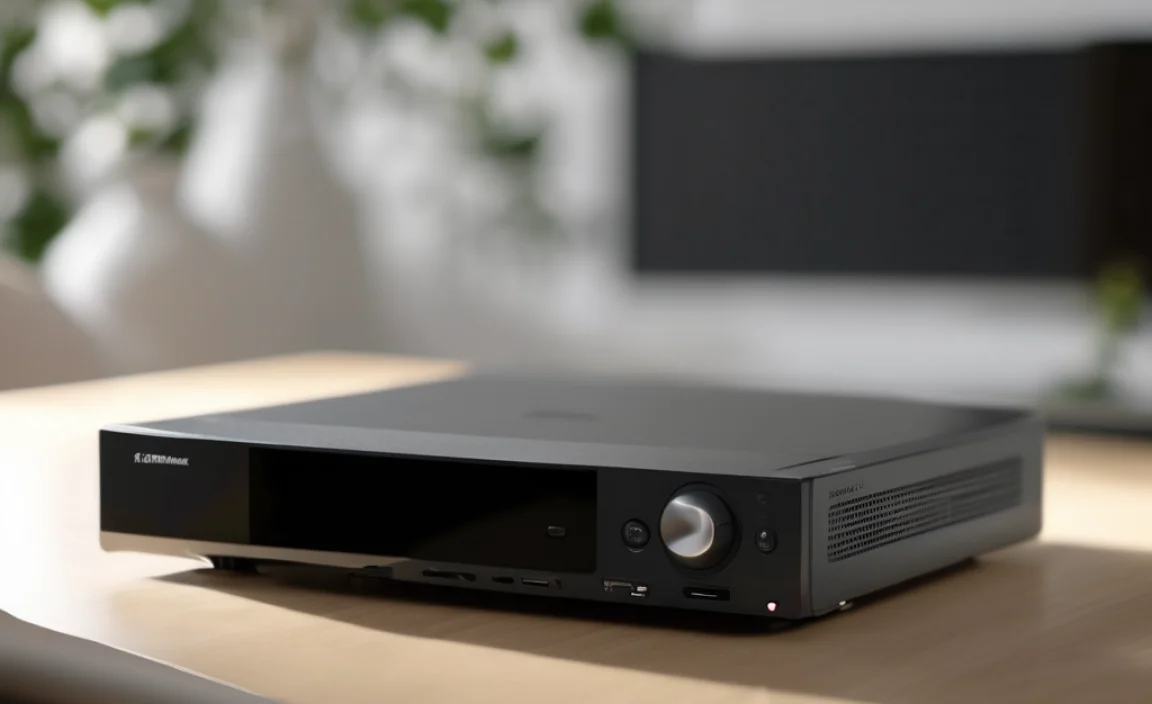
Believe it or not, when Microsoft released Windows 10, they decided to remove the built-in DVD playback software that was present in older versions like Windows 7 and 8. The main reason cited was the declining popularity of DVDs in favor of streaming services and digital media. However, this left a gap for millions of users who still rely on their DVD collections.
This change can be quite annoying if you’ve just bought a new laptop or performed a fresh install of Windows 10 and your old DVDs won’t play. You might see an error message, or simply nothing happens when you insert a disc. It’s a common issue, and thankfully, a straightforward fix.
The good news is that there are plenty of excellent, free DVD player applications available for Windows 10. We’ll explore some of the most popular and reliable options, making sure you can find one that suits your needs. Our goal is to get you watching your favorite movies and shows with minimal fuss and maximum security.
The Best Free DVD Player Options for Windows 10
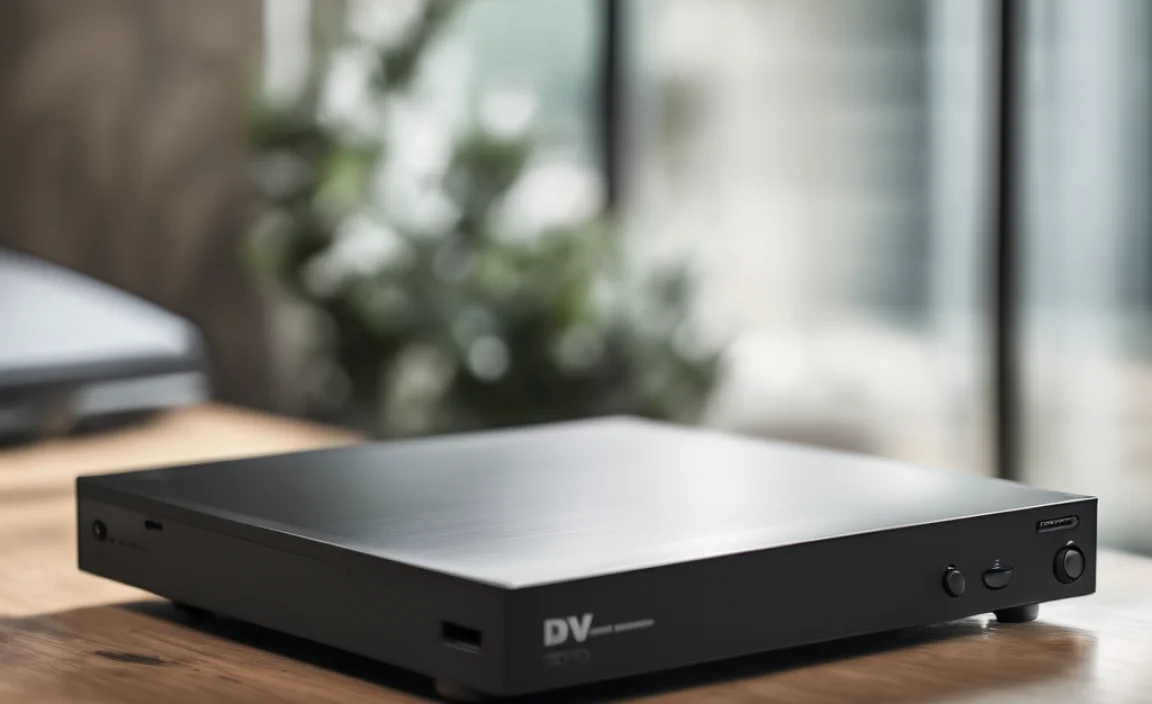
When looking for a free DVD player, it’s crucial to stick with reputable software from trusted sources. This helps you avoid malware, unwanted bundled programs, and security risks. Here are some of the top contenders that are well-regarded and actively maintained:
1. VLC Media Player: The All-Rounder Champion
VLC Media Player is arguably the most popular and versatile media player out there, and for good reason. It’s completely free, open-source, and can play almost any media file format you throw at it, including DVDs, Blu-rays (often with limitations), VCDs, and a vast array of audio and video codecs.
Why VLC is a Great Choice:
- Plays Everything: Seriously, if it’s a video or audio file, VLC can probably play it. This includes DVDs out of the box.
- No Extra Codecs Needed: Unlike some other players, VLC has all the necessary codecs built-in, so you don’t need to download anything extra just to get your DVDs working.
- Free and Open Source: No hidden costs, no annoying ads, and no bundled software you didn’t ask for.
- Regular Updates: It’s constantly updated to support new formats and improve security and performance.
- Cross-Platform: Available for Windows, macOS, Linux, Android, and iOS.
How to Download and Use VLC for DVDs:
- Head to the Official Website: Go to the official VideoLAN website. The correct URL is www.videolan.org. Be very careful to download only from the official source to avoid fake versions.
- Download the Installer: Click the prominent “Download VLC” button. The website usually detects your operating system (Windows 10) automatically.
- Run the Installer: Once the download is complete, open the installer file. Follow the on-screen prompts. It’s a standard Windows installation process. You can generally accept the default settings.
- Insert Your DVD: After installation, insert your DVD into your computer’s DVD drive.
- Open VLC: Launch VLC Media Player from your Start Menu or desktop shortcut.
- Open the Disc: In VLC, go to the “Media” menu and select “Open Disc…”.
- Select Your Drive: Make sure your DVD drive is selected under the “Disc device” section.
- Play: Click the “Play” button. VLC should automatically start playing your DVD. If it doesn’t, try selecting the “DVD” tab in the “Open Media” window and clicking “Play.”
Pro Tip: If VLC struggles with a particular DVD, especially a region-coded one, you might need to change the DVD region code in Windows. However, VLC often bypasses these issues more effectively than many other players.
2. Windows DVD Player App (Not Free for All!)
Microsoft does offer an official “Windows DVD Player” app. However, here’s the catch: it’s not free for users who upgraded to Windows 10 from Windows 7 or 8. If you performed a clean install of Windows 10, or if your PC originally came with Windows 10, you might have had to purchase this app separately from the Microsoft Store.
Important Note: If you had Windows Media Center on a previous version of Windows, you might be eligible for a free copy of the Windows DVD Player app. Check the Microsoft Store for eligibility.
How to Check or Get the Windows DVD Player App:
- Open Microsoft Store: Search for “Microsoft Store” in your Windows 10 Start Menu and open it.
- Search for “Windows DVD Player”: In the Store’s search bar, type “Windows DVD Player.”
- Check Price and Options: If it’s not installed, the Store will show you the price (usually around $14.99 USD). If you’re eligible for a free version, it should indicate that.
- Install (if applicable): Follow the prompts to purchase or install it.
While it’s an official solution, the cost makes it less appealing for users specifically looking for a free download of a DVD player for Windows 10. For most users, VLC is a much better and completely free alternative.
3. Leawo Blu-ray Player (Free Version Available)
Leawo offers a Blu-ray player that can also handle standard DVDs. It boasts a clean interface and good performance. While they have a premium version, the free version is quite capable for DVD playback.
Key Features of Leawo Free Player:
- Supports DVDs and Blu-rays: Can play both standard DVDs and Blu-ray discs.
- Wide Format Support: Plays a variety of video and audio formats.
- User-Friendly Interface: Simple and intuitive to use.
- Good Quality Playback: Offers smooth playback with good audio and video quality.
How to Download and Use Leawo Free Player:
- Visit the Official Leawo Website: Search for “Leawo Blu-ray Player” and navigate to the official Leawo Software website.
- Download the Free Version: Look for the download link specifically for the free version.
- Install the Software: Run the downloaded installer and follow the instructions. Pay attention during installation to decline any bundled offers you don’t want.
- Insert and Play: Insert your DVD, open Leawo Free Player, and select your DVD drive to begin playback.
Caveat: Sometimes free versions of software can be more aggressive with prompts to upgrade. If you prefer a completely ad-free, no-upsell experience, VLC remains the top choice.
Troubleshooting Common DVD Playback Issues in Windows 10
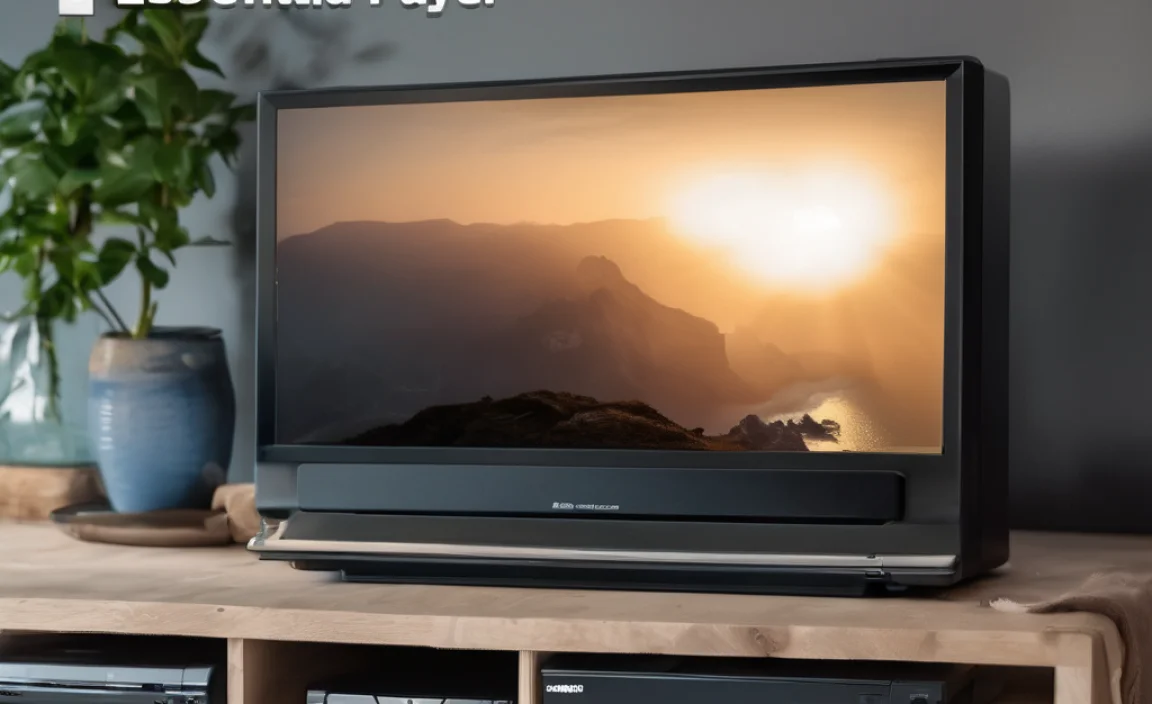
Even with a great player like VLC, you might run into a few hiccups. Here are some common problems and their solutions:
Problem: Disc Not Recognized or “No Disc” Error
Possible Causes:
- The DVD drive itself is dirty or malfunctioning.
- The DVD disc is scratched, dirty, or damaged.
- The DVD drive drivers are outdated or corrupted.
- The DVD drive is not properly connected (if it’s an external drive).
Fixes:
- Clean the Disc: Gently wipe the DVD with a soft, lint-free cloth, moving from the center outwards.
- Clean the Drive: Use a DVD drive cleaning kit (available at electronics stores) or a can of compressed air to clean the laser lens.
- Try Another Disc: Test with a different DVD to see if the issue is with the disc itself.
- Check External Connections: If it’s a USB drive, try a different USB port or cable. Ensure it’s powered on if it requires external power.
- Update/Reinstall Drive Drivers:
- Press Windows Key + X and select Device Manager.
- Expand “DVD/CD-ROM drives.”
- Right-click on your DVD drive and select “Update driver.” Choose “Search automatically for drivers.”
- If that doesn’t work, right-click again and select “Uninstall device.” Then, restart your computer. Windows will automatically try to reinstall the driver upon startup.
Problem: Video or Audio is Stuttering, Freezing, or Choppy
Possible Causes:
- The computer is not powerful enough to handle DVD playback smoothly.
- Too many other programs are running in the background, consuming resources.
- The DVD drive is old or failing.
- The DVD disc is damaged.
- Outdated graphics or audio drivers.
Fixes:
- Close Background Programs: Open Task Manager (Ctrl+Shift+Esc) and close any unnecessary applications.
- Ensure Proper Ventilation: Overheating can cause performance issues. Make sure your laptop or PC has good airflow.
- Update Graphics and Audio Drivers: Go to your graphics card manufacturer’s website (NVIDIA, AMD, Intel) or your PC manufacturer’s support page to download the latest drivers. You can also try updating them via Device Manager as described above.
- Check Disc Condition: As mentioned before, scratches or damage can cause playback issues.
- Lower Playback Quality (if applicable): Some players might have settings to adjust video quality, which can help on older systems. VLC typically does this automatically.
Problem: Region Code Errors
Cause: DVDs are often region-coded to restrict playback to specific geographical areas. If your DVD drive’s region setting doesn’t match the DVD’s region, you’ll get an error.
Fixes:
- Change Drive Region:
- Go to Device Manager (Windows Key + X).
- Expand “DVD/CD-ROM drives.”
- Right-click your DVD drive and select “Properties.”
- Go to the “DVD Region” tab.
- Select your region and click “Change region.”
- Important Note: Windows limits the number of times you can change the drive’s region (usually around 5 times). Use these changes wisely. After the limit is reached, the region is locked.
- Use VLC: As mentioned, VLC Media Player often has built-in capabilities to bypass or ignore region codes, making it a reliable solution for this problem.
Driver Updates: Keeping Your DVD Drive Happy
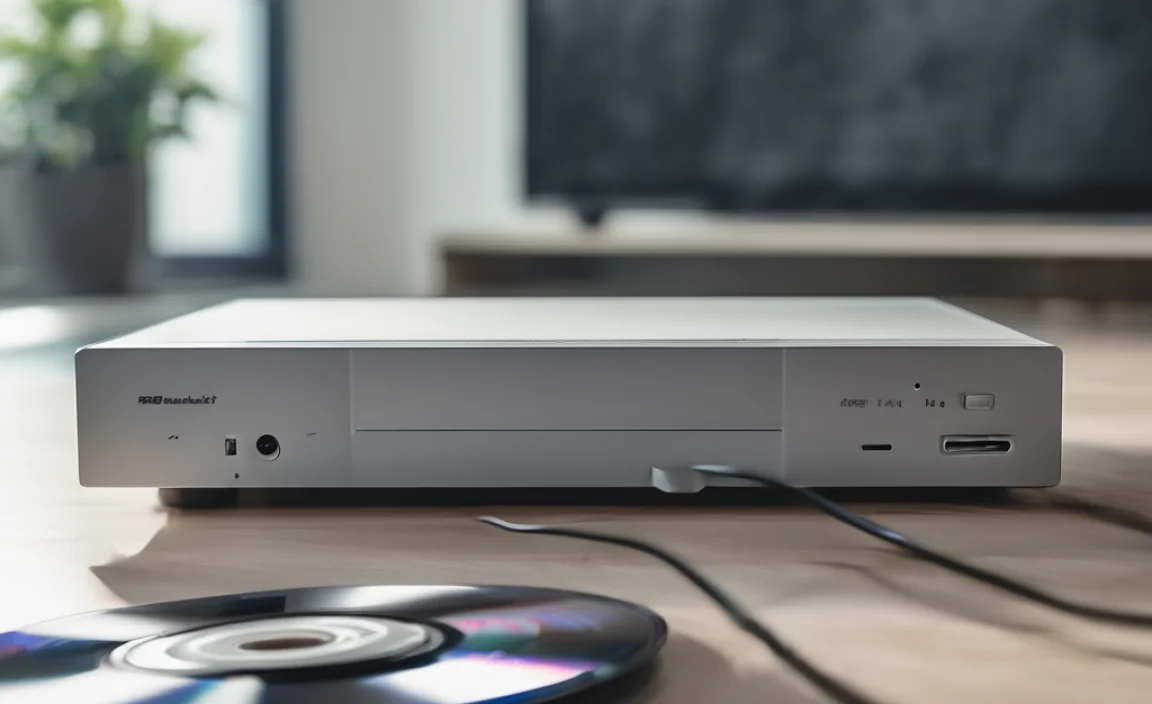
While most modern Windows 10 systems will automatically install generic drivers for your DVD drive, sometimes these drivers can become outdated or corrupted, leading to playback problems. Keeping your driver updated is a key part of PC maintenance.
Methods for Updating DVD Drive Drivers:
Here’s a table summarizing the best ways to manage your DVD drive drivers:
| Method | Pros | Cons | Best For |
|---|---|---|---|
| Windows Device Manager (Automatic Search) | Easy, built-in, usually quick. | May not find the very latest driver. | Quick checks and general updates. |
| Windows Device Manager (Manual Browse) | Allows installing drivers downloaded from manufacturer. | Requires finding the correct driver yourself. | When you’ve downloaded a specific driver. |
| PC Manufacturer’s Website | Provides specific drivers tailored for your hardware model. Reliable. | Requires knowing your exact PC model number. Can be time-consuming. | Ensuring full compatibility and performance. |
| Third-Party Driver Updaters (Use with Caution!) | Can scan and update multiple drivers automatically. | RISK! Many are scams or install unwanted software. Free versions are often limited or naggy. Can install incompatible drivers. | Generally NOT recommended for beginners due to security risks. |
Recommendation: For the safest and most reliable approach, use the “Windows Device Manager (Automatic Search)” first. If you continue to have issues, visit your PC manufacturer’s website (e.g., Dell, HP, Lenovo) and search their support section for drivers specifically for your laptop or desktop model. Avoid generic third-party driver updaters unless you are very experienced and trust the source implicitly.
Security Considerations When Downloading Software
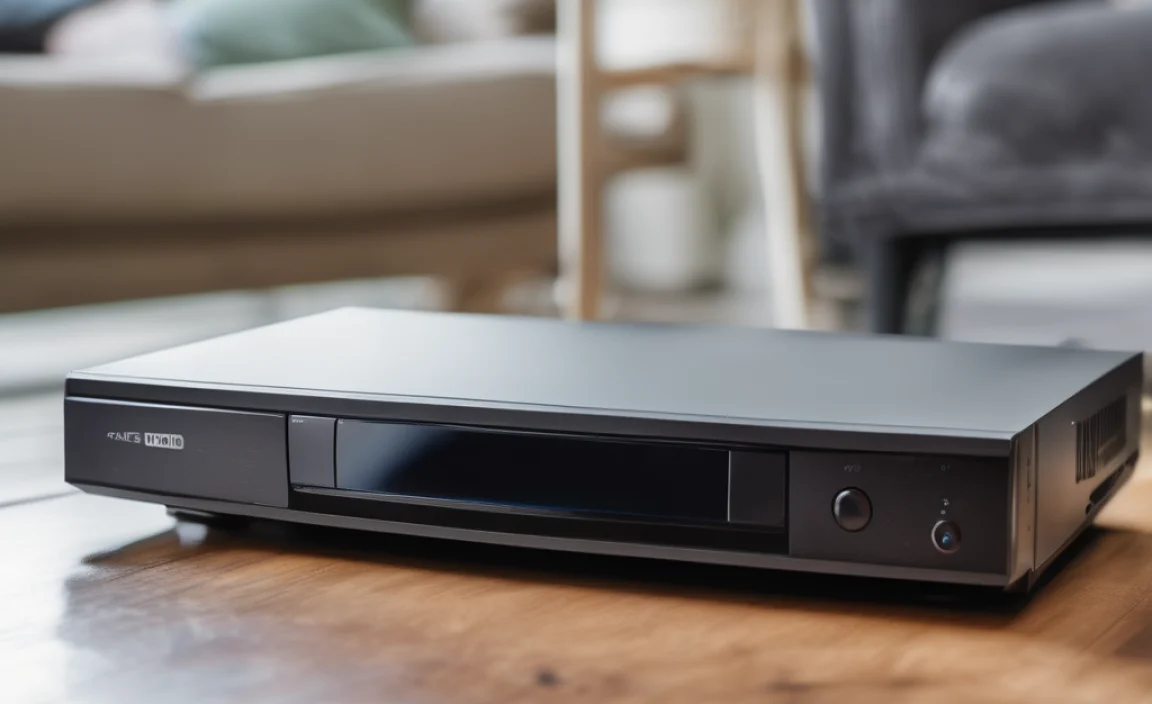
When you’re looking for a “free download of DVD player for Windows 10,” it’s vital to prioritize security. The internet is full of legitimate software, but also plenty of harmful programs disguised as helpful tools. Here’s how to stay safe:
- Always Download from Official Sources: As stressed before, stick to the developer’s official website. For VLC, it’s videolan.org. For Leawo, it’s leawo.com. Avoid download aggregators or seemingly legitimate-looking but unofficial sites.
- Read Reviews: Before downloading any software, do a quick search for reviews. Look for comments about the software’s reliability and any bundled extras.
- Watch the Installation Process: Many free programs try to install additional software (toolbars, adware, potentially unwanted programs – PUPs). During installation, carefully read each screen. Uncheck any boxes that offer “optional” software or ask you to change your browser’s homepage or search engine.
- Use Antivirus Software: Ensure you have a reputable antivirus program installed and running. Keep it updated so it can detect the latest threats.(Learn more about viruses from a trusted source like Avast).
- Understand Open Source vs. Proprietary: Open-source software like VLC has its code publicly available for review, which often makes it more secure and transparent. Proprietary software (like the official Windows DVD Player) relies on the company to maintain security.
By following these precautions, you can confidently download and install a free DVD player for your Windows 10 PC without compromising your system’s security.
Tips for Enhancing Your DVD Watching Experience
Once you’ve got your DVD player up and running, here are a few extra tips to make your movie-watching sessions even better:
- Optimize Your Display Settings: Ensure your screen resolution is set correctly in Windows 10 for the best picture quality. Go to Settings > System > Display.
- Use Keyboard Shortcuts: Most media players, including VLC, have handy keyboard shortcuts for play/pause (Spacebar), volume control, fast forward/rewind, and changing tracks. Learning these can make controlling playback much smoother.
- Check Audio Output: If you’re not getting sound, double-check that your audio output device is correctly selected in Windows 10 sound settings and within the media player itself.
- Keep Windows Updated: Regularly installing Windows updates not only brings new features but also includes important security patches that keep your entire system safer. (Go to Settings > Update & Security > Windows Update).
- Consider a Blu-ray Drive Upgrade (If Needed): If you have a large Blu-ray collection, you might want to consider an external or internal Blu-ray drive, as not all DVD drives can read Blu-ray discs.
